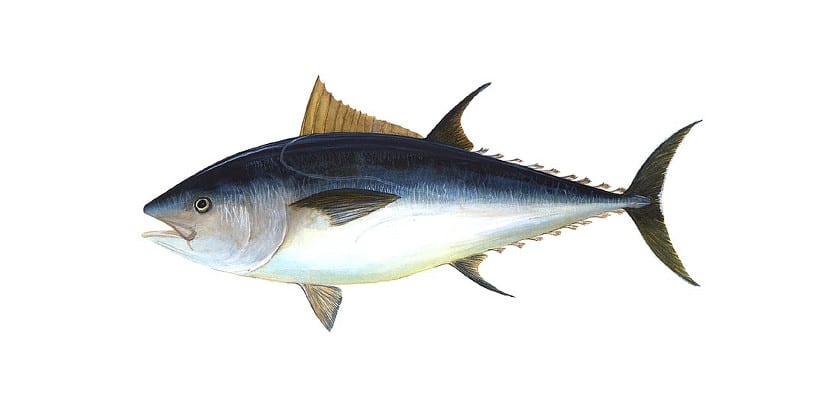
Did you know that experts advise eating oily fish 1-2 times a week? This kind of fish cannot be absent from the diet because it represents numerous health benefits.
The main reason is that oily fish (a food group that includes fish such as salmon, sardines or tuna) is an excellent source of omega 3, something that, on the other hand, makes it necessary to moderate its consumption due to its richness in calories.
Services

Oily fish are the best source of two of the three most important omega 3 fatty acids (EPA and DHA). Unlike the saturated fats in meat, these fatty acids are considered good fats. They contribute to proper functioning of the heart, brain, lungs, and blood circulation.
Eating oily fish has been associated with a lower risk of developing certain diseases, including depression, periodontitis, Alzheimer's, prostate cancer, and macular degeneration. The latter is one of the main causes of vision loss in people over 60 years of age.
Including this kind of fish in the diet can also help to reduce the waist. And it helps to satisfy the appetite and lose weight. However, some fatty fish are high in mercury. Make sure to check how much your favorites have so you can limit them if necessary.
PREMIUM QUALITY

Blue fish can be found mainly in three forms: fresh, canned and frozen. The choice depends on the budget and personal preferences. Fresh fish is more varied, tastier and holds its shape better during cooking. In contrast, canned and frozen fish are cheaper.
However, most people consume oily fish to obtain omega 3 fatty acids. And in that sense, it should be noted that omega 3 acid levels are considered quite similar in all their forms, either fresh, canned or frozen oily fish.
Differences between blue and white fish

Doubts often arise as to which fish is better: blue or white. The answer is both. Both have their place in a balanced and healthy diet.
Oily fish provides more healthy fats, while white is lower in calories. To lose weight, white fish is recommended, since blue fish provides more fat. On the other hand, blue has very important health benefits that it is convenient not to give up.
Betting more on one class or another depends on the needs of each person. In any case, if you are not overweight and in good general health, it is a good idea to eat both fish equally to enjoy the benefits of both.
Blue fish and cholesterol

In high doses, omega 3 fatty acids from oily fish can help slow the build-up of plaque in the arteries and reduce the levels of some types of fat in the blood.
Although the exact mechanism is unknown, it has been shown that omega 3 fatty acids lower triglycerides, which are a type of fat in the bloodstream.
It should be noted that the method of cooking oily fish has a great relevance for cholesterol levels in the blood. It is advisable to cook it roasted or steamed, since any benefits are canceled when frying using a large amount of vegetable oil.
Blue fish and pregnancy

Omega 3 fatty acids are essential for the development and proper functioning of the brain and nervous system. And blue fish contains them in abundance. So it's about a food to consider among pregnant and lactating women.
However, it is advised to avoid fish with high levels of mercury as it can be harmful to babies. Instead, there are safe blue fish for pregnant and lactating women. As usual, small fish (like sardines) have less mercury than large fish (like swordfish)as they have had less time to accumulate it. In any case, it is a good idea to verify that it is indeed a species with low levels before eating it.
For the rest of the peopleIt should be noted that studies suggest that the benefits of oily fish outweigh any possible detrimental effects of mercury and other contaminants.
Fortunately, there are other sources of omega 3 free of mercury. If you are pregnant or breastfeeding or you just don't like fish, you can get this fatty acid through other foods, such as walnuts or flaxseed.
Blue fish list
Although the best known are salmon and tuna, the list of oily fish is quite long. These are other of the species of blue fish that can be found in supermarkets:
- Tuna
- Salmon
- Sardine
- Mullet
- Trout
- Bonito
- Swordfish
- Turbot
- Mackerel
- Anchovy
- Anchovy
- Herring
- Mackerel
